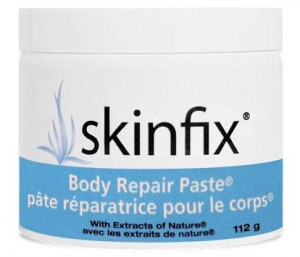Do you like that 'new car smell.' That “new car smell” might be composed of all kinds of toxic chemicals, according to a new study from a nonprofit organization called the ecology center. This study suggests that new car smell comes from toxic chemicals off-gassing in a car’s interior, like brominated flame retardants (BFRs), chromium, and lead. In all, researchers identified more than 275 different chemicals wafting around in the car. Many of these toxic chemicals, breathed in by you and your kids are associated with learning problems, birth defects, liver problems and of course – cancer!
The 2012 new vehicle study from the nonprofit Ecology Center analyzed the chemical content of more than 200 new cars for its top 10 healthy and unhealthy car interiors. The 2012 Honda Civic had the healthiest interior but that was because it did not have any PVC fabrics or trims or bromine-based flame retardants.
The worst new cars, when it comes to off-gassing, are the 2011 Mitsubishi Outlander Sport and 2011 Chrysler 200 SC, which both had high-levels of chemicals in them. These would be cars to avoid if you want to keep your children healthy.
So where do these poisons and toxins lurk inside the actual vehicle? Common areas that off gas are seats, arm rests, steering wheels, door trim, and shift knobs. The higher the temperature in the car the more chemicals it is going to release into the air. Chemicals found in some cars include chemical elements such as lead, cadmium, chlorine, arsenic, mercury, tin, and antimony. All of these chemicals can be absorbed through the skin and through the air.
The EPA says indoor air pollution is one of the top environmental threats to public health, since Americans spend 90% of their time indoors and indoor air pollution can be inside your car! Next to homes and offices, Americans spend the most time in automobiles, an average of one-and-a-half hours per day.
So it seems that if you are going to buy a car try to by one that does not smell so much like a new car as that would be an indication that it is going to break down less volatile compounds as time goes on. The smell would in fact, be an indication that you are about to buy a toxic vehicle. It is much better for you to stick to buying a vehicle that has been reported to have less off-gassing potential.

